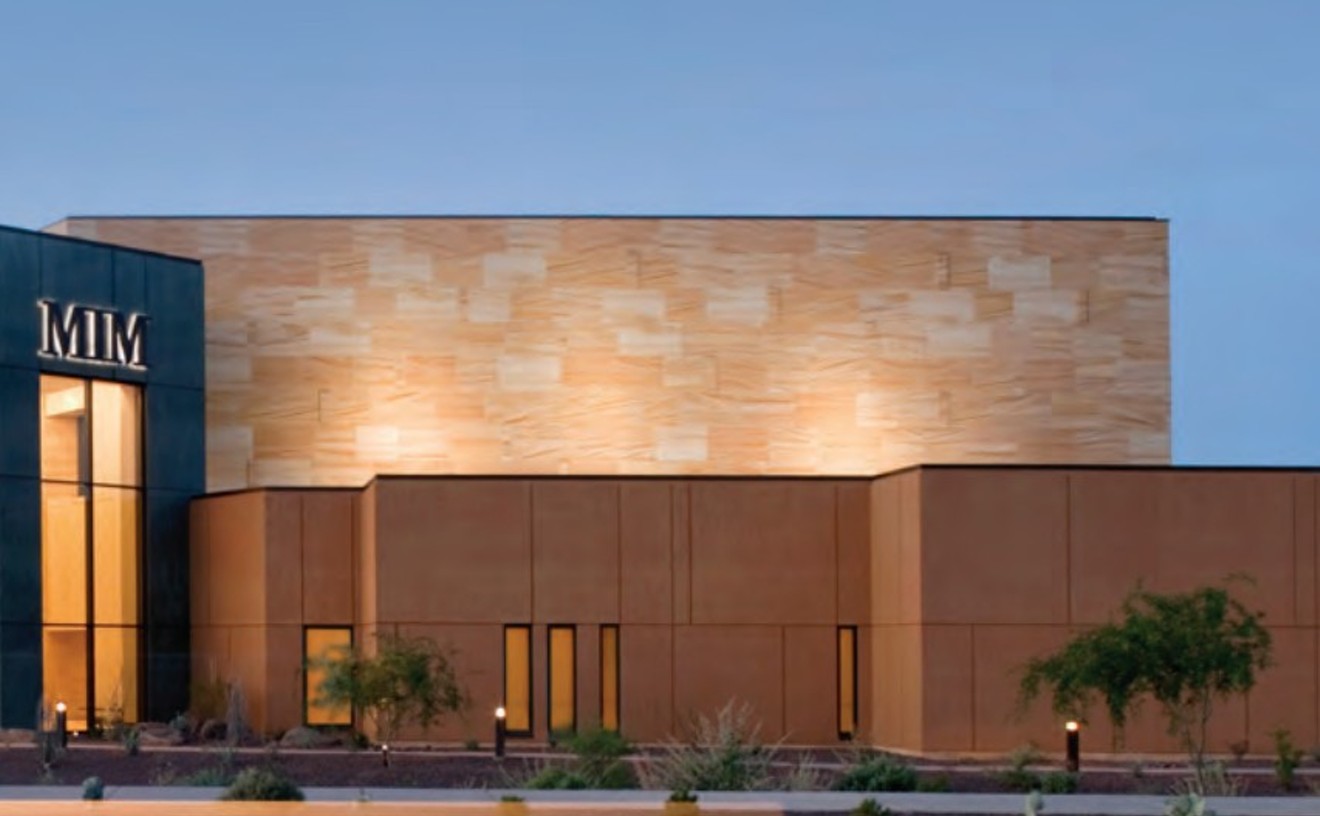Tom and Judy Nichols know a thing or two about writing, and they certainly know the road — their journalism careers have taken them many places. So when they announced that they had quit their jobs, sold most of their earthly possessions, purchased a Roadtrek (lovingly nicknamed The Epic Van), and were blowing this Popsicle stand, we considered hitching along. Then we heard they planned to document the trip, so we decided to stay home and follow along from afar. We have not been disappointed.
Unlike Albert Brooks and Julie Hagerty, the Nichols haven't lost everything in Vegas — yet. But they have had some adventures. You can read about them on the blog, follow their route on Google Maps, and even catch some tips and tricks for hitting the road yourself. After the first year, they documented their spending and reflected on what went wrong and right. All of it makes for great reading from (full disclosure: their son Nate writes for us) two members of the extended New Times family.






